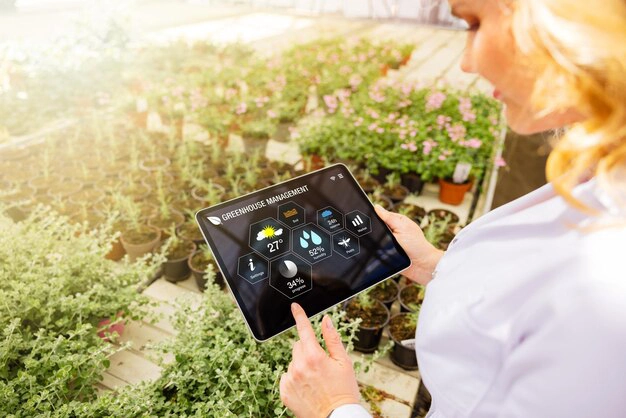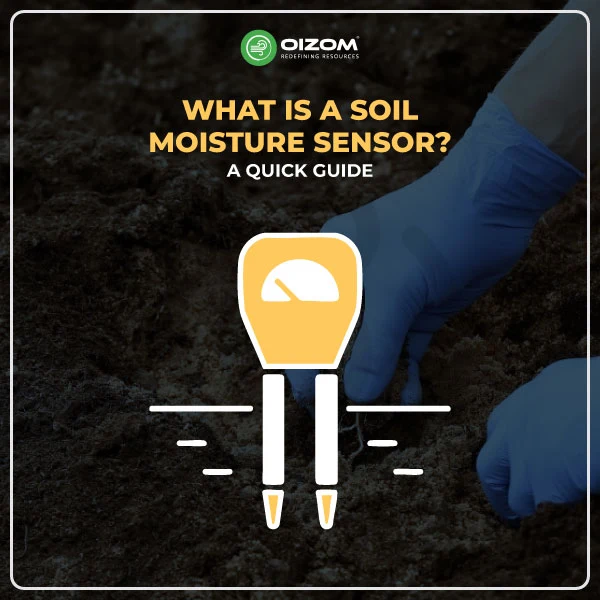Air quality plays a vital role in maintaining the health and sustainability of agricultural sites. Agricultural activities contribute significantly to air pollution, thereby underscoring the need for effective monitoring solutions. This blog delves into the impact of agricultural activities on air quality, the importance of real-time monitoring, and the key parameters to consider when monitoring air quality in agricultural sites.
The Impacts of Agricultural Activities on Air Quality
Agricultural activities, including animal rearing, ploughing, and crop burning, are known to generate air pollutants that adversely impact air quality. These activities release pollutants like particulate matter, ammonia, and various greenhouse gases into the atmosphere. Poor air quality can have detrimental effects on crop yields, livestock health, and overall farm productivity, presenting significant challenges for agricultural sites.
Challenges and Risks Associated with Poor Air Quality in Agriculture
- Poor air quality affects crop yields, with pollutants such as ground-level ozone being particularly harmful. Ozone decreases the rate of photosynthesis, thereby reducing crop production.
- Airborne pollutants can affect the health of livestock, leading to diseases, decreased productivity, and increased mortality rates. This impacts the economic viability of farms.
- Acid rain, a result of air pollutants like sulphur dioxide and nitrogen oxides, can degrade soil quality by altering its pH and nutrient content, making it less hospitable for crops.
- Poor air quality can necessitate increased use of pesticides and fertilisers to maintain yields, leading to greater environmental impact and higher production costs.
- Workers exposed to poor air quality can suffer from respiratory diseases and other health problems. This affects productivity and increases healthcare costs.
- Greenhouse gases, contributing to poor air quality, exacerbate climate change, which brings unpredictable weather patterns and increased incidence of extreme weather events, affecting crop and livestock viability.
- Reduced crop and livestock production may lead to increased prices and food shortages, disrupting local and global food markets.
- Governments may enforce strict regulations to control air pollution, which could impose additional costs on farmers.
- Polluted air can harm biodiversity, reducing pollinator populations and affecting the ecosystem services crucial for agriculture.
- Air pollutants can deposit into water bodies, contaminating them and subsequently affecting irrigation and livestock watering needs.
These challenges underscore the urgent need for agriculture to adapt to and mitigate the impact of poor air quality, which involves technological innovations, shifts in practices, and regulatory changes.
Importance of Real-Time Air Quality Monitoring for Agricultural Sites
Real-time air quality monitoring is critical for mitigating the serious impacts of agricultural activities on the environment. It helps in the early detection of pollutant spikes, enabling quick response and effective mitigation strategies. Timely data on air quality can guide decisions related to fertiliser application, crop burning, and livestock management, contributing to sustainable agricultural practices.
Available Air Quality Monitoring Systems for Agricultural Sites
Overview of commercial air quality monitoring solutions
Commercial air quality monitoring solutions provide accurate, real-time data on various air quality parameters. These solutions range from portable monitoring devices to large-scale, fixed monitoring systems.
Features and capabilities of advanced monitoring systems
- Real-time Monitoring: Advanced monitoring systems can track and report data in real-time, allowing immediate response to changes in monitored variables.
- Data Analysis: These systems come with robust data analytics capabilities, enabling users to make data-driven decisions. Predictive analytics can also anticipate future trends based on historical data.
- Scalability: Advanced monitoring systems can scale up to accommodate growing business needs, allowing seamless integration of new devices or monitoring points.
- IoT Integration: IoT-enabled devices are commonly used in advanced monitoring systems, aiding in the collection of vast amounts of data from various sources.
- Remote Access: They allow remote access, letting users check data from anywhere, anytime, facilitating efficient remote operations.
- Automation: They can automate various tasks, reducing manual errors and saving time. Dust suppression automation can also help in preventing unusual events.
- Customization: You can get customization options to cater to specific needs, ensuring the most relevant data is gathered and analysed.
- Environmental Monitoring: Companies like Oizom offer advanced environmental monitoring systems that measure various parameters like air quality, noise, weather, radiation, and more. Oizom’s solutions are IoT-enabled, providing real-time, granular data to empower decision-makers.
- User-friendly Interface: Oizom, for example, provides a user-friendly dashboard where users can visualise and analyse collected data easily, simplifying the data interpretation process. You can even set the thresholds to get alerts and reports regularly in real-time.
These features make advanced monitoring systems like those offered by Oizom crucial in today’s data-driven world, providing businesses with the tools necessary to understand and improve their operations.
Key Parameters for Air Quality Monitoring in Agricultural Sites
Essential parameters to monitor
When implementing air quality monitoring in agricultural sites, consider these crucial parameters:
Particulate Matter (PM2.5, PM10)
Particulate matter comprises microscopic particles suspended in the air, which can cause significant harm to human and animal health. Monitoring particulate matter is critical for ensuring a safe and healthy environment in agricultural sites.
Odour and gas emissions
Agricultural activities often result in the release of unpleasant odours and harmful gases. Monitoring these emissions can help manage their impact on farm workers, livestock, and nearby communities. This also includes tracking greenhouse gases such as Nitrous Oxide Emissions, which primarily originate from fertilizer use and contribute significantly to both air pollution and climate change.
Meteorological factors (wind speed, temperature, humidity)
Weather conditions can influence the spread and concentration of pollutants. Thus, it’s essential to monitor meteorological factors alongside other air quality parameters.
Pollutants related to agricultural activities (ammonia, hydrogen sulphide)
Specific pollutants like ammonia, hydrogen sulphide and nit are commonly associated with agricultural activities, particularly livestock farming. Monitoring these pollutants can assist in effective manure management and livestock health.
Oizom: Overview of their air pollution monitoring system

Oizom offers a comprehensive air pollution monitoring solution ideal for agricultural sites. Their systems provide real-time data on a wide range of air quality parameters, enabling effective management of air pollution. Oizom’s solutions also come equipped with advanced features like remote monitoring, predictive analytics, and alert systems, making them a reliable choice for agricultural air quality management.
Achieving sustainable agriculture necessitates a proactive approach to managing air quality. Don’t let your agricultural productivity be hampered by poor air quality.
Get in touch with Oizom today and explore their advanced air pollution monitoring solutions.
Conclusion
Air quality monitoring in agricultural sites is no longer a luxury but a necessity. As the impacts of pollution on agriculture become increasingly clear, implementing a robust air quality monitoring system is an investment in the future of agriculture. By proactively managing air quality, agricultural sites can enhance productivity, safeguard health, and contribute to environmental sustainability.






